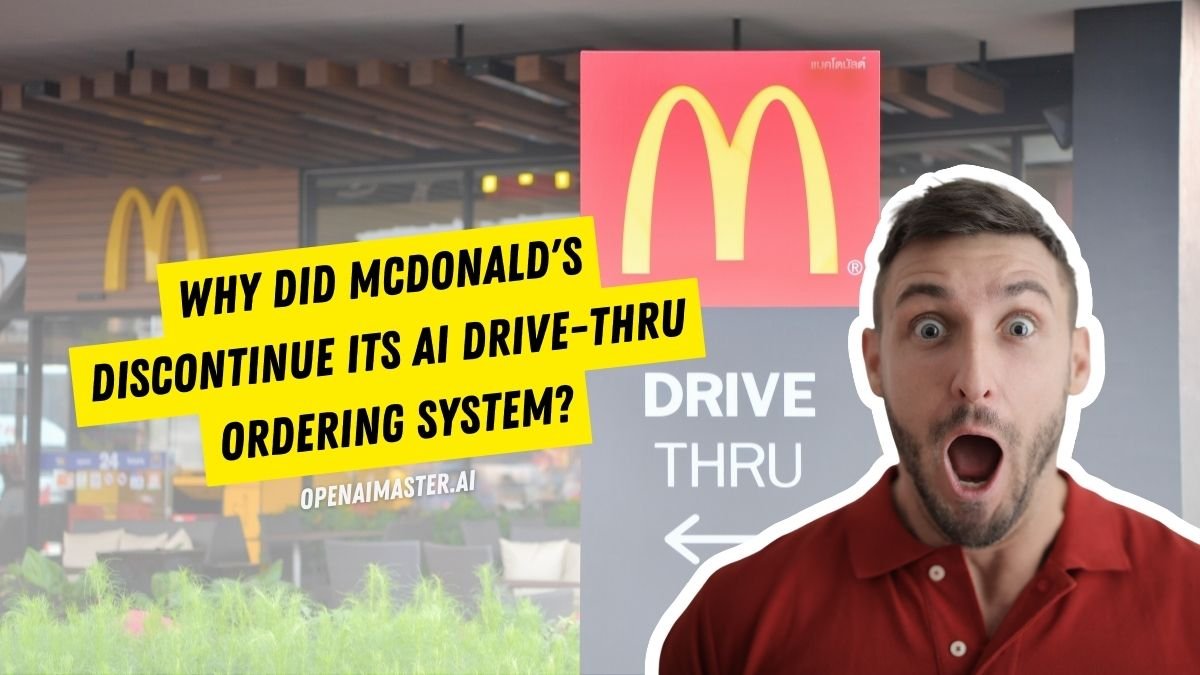McDonald’s embarked on an ambitious venture – integrating artificial intelligence (AI) into its drive-thru ordering system. Developed in partnership with tech giant IBM, this cutting-edge technology promised to revolutionize the fast-food industry. However, despite its grand vision, the AI drive-thru ordering system ultimately faced an untimely demise due to a series of challenges and customer complaints.
What is AI Drive-Thru Ordering?
AI drive-thru ordering was an innovative system that aimed to replace traditional human order-takers with an automated voice recognition system. Customers would place their orders through a speaker, and the AI would interpret their requests, relay them to the kitchen, and facilitate the entire ordering process. This technology was envisioned as a solution to long wait times, order inaccuracies, and staffing challenges that often plague drive-thru operations.
Why Did McDonald’s Discontinue Its AI Drive-Thru Ordering System?
Despite the promising concept, McDonald’s ultimately decided to discontinue its AI drive-thru ordering system after testing it at over 100 locations across the United States. The primary reason for this decision was the mixed results and customer feedback received during the trial period.
Errors Reported by Customers
One of the most significant challenges faced by the AI drive-thru system was the misinterpretation of customer orders. Customers reported numerous instances where their orders were botched, leading to incorrect items, missing components, or even unintended additions. Here are some of the specific errors reported:
- Incorrect Orders: In one instance, a customer’s order for a hash brown, sweet tea, and Coke was mistakenly interpreted as nine sweet teas.
- Misinterpretation of Requests: The AI system struggled to understand customer requests accurately. For example, an order for vanilla ice cream and water resulted in ketchup and butter packets being added to the order.
- Adding Extra Items: In some cases, the AI added excessive quantities of items, such as nine cups of iced sweet tea instead of one large cup.
- Incorrect Food Items: There were instances where customers received completely different food items than what they had ordered, like an ice cream cone topped with bacon instead of a plain vanilla ice cream.
These errors not only led to customer frustration and dissatisfaction but also contributed to operational inefficiencies and increased waste.
Conclusion
While the concept of AI drive-thru ordering held immense potential, the reality fell short of expectations. McDonald’s decision to discontinue the system underscores the challenges of implementing cutting-edge technology in a high-volume, fast-paced environment. Despite this setback, the fast-food giant remains committed to exploring innovative solutions that enhance customer experience and operational efficiency. As technology continues to evolve, it remains to be seen whether future iterations of AI-powered ordering systems will overcome the hurdles faced by this pioneering effort.

